Are you a plant lover who has recently discovered pests on your succulents?
If so, you may be wondering if you can use pest oil on your succulents to get rid of these unwanted visitors.
The good news is that pest oil can be effective in controlling pests on succulents, but there are some important dos and don'ts to keep in mind.
Understanding Pest Oil
What is Pest Oil?
Pest oil, also known as horticultural oil, is a type of oil that is used to control pests and diseases in plants.
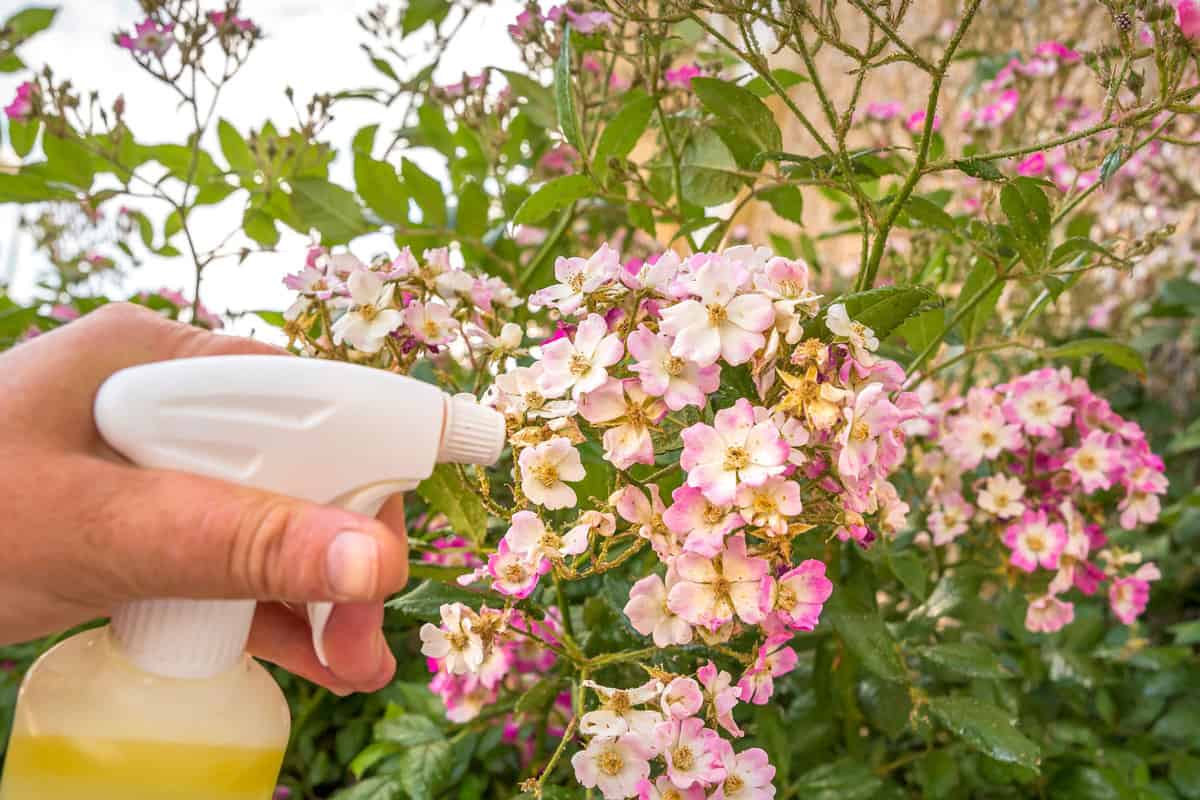
It is usually made from petroleum or plant-based oils, such as neem oil, which is derived from the seeds of the neem tree.
Pest oil works by suffocating pests and insects, preventing them from breathing and reproducing.
Benefits of Pest Oil
Using pest oil on your succulents can have several benefits.
Firstly, it can help to control pests and insects that may be damaging your plants.
Secondly, pest oil can also help to prevent the spread of diseases in your plants.

Thirdly, pest oil can also help to improve the overall health and appearance of your plants. By controlling pests and diseases, your plants will be able to grow and thrive, which can result in healthier and more attractive plants.
However, it is important to use pest oil correctly and follow the instructions carefully.
Using too much pest oil or using it incorrectly can damage your plants and even kill them.
So, it is important to read the label carefully and follow the recommended dosage and application instructions.
Succulents and Their Needs
Succulents are a type of plant that store water in their leaves, stems, and roots.
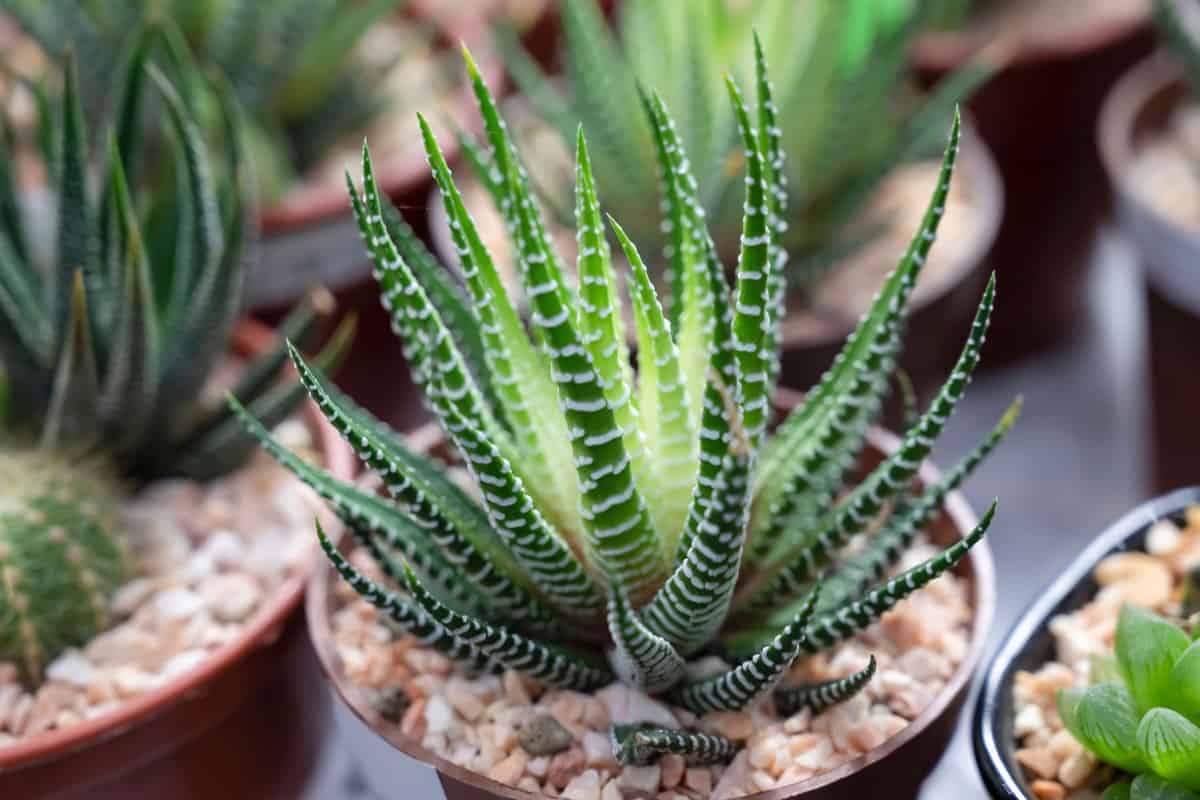
They come in a variety of shapes, sizes, and colors, and are popular among plant lovers for their unique appearance and low-maintenance care.
Some common types of succulents include:
- Aloe vera
- Echeveria
- Jade plant
- Haworthia
- Sedum
Basic Needs of Succulents
To keep your succulents healthy and thriving, it's important to understand their basic needs. Here are some key factors to keep in mind:
Sunlight
Succulents need plenty of sunlight to grow and thrive. Place them in a sunny spot where they can get at least six hours of direct sunlight per day.
Water
While succulents are known for their ability to store water, it's important not to overwater them.
Water them only when the soil is completely dry, and avoid getting water on the leaves.
Soil
Succulents need well-draining soil that allows water to flow through quickly.
A mix of sand, perlite, and potting soil can provide the ideal growing conditions.
Temperature
Succulents prefer warm temperatures between 50-80°F. Avoid exposing them to extreme cold or heat.
Check out this article for more information: Indoor Succulent Garden Ideas
Common Pests on Succulents
If you're a succulent enthusiast, you've probably come across some pests that can wreak havoc on your plant haven.
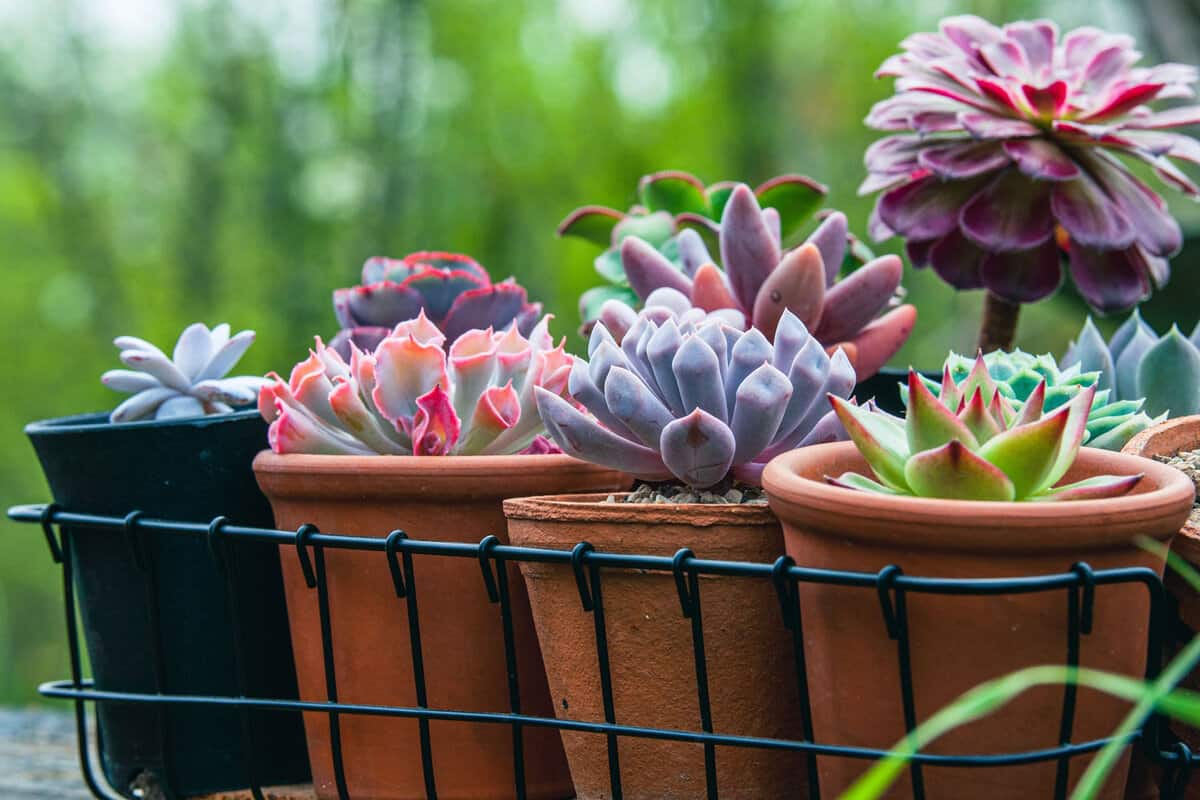
It's a total bummer, but don't worry - we've got your back!
To keep your succulents thriving, it's important to know the most common pests that can cause trouble.
Here are some of the troublemakers you might encounter:
Mealybugs
These tiny, elliptical insects are about 2-3 millimeters long, gray or light brown in color, and produce a waxy or mealy white material.
Mealybugs feed on the sap of your plant, leaving behind a cottony substance that can eventually kill your succulent.
Spider Mites
These tiny, red or brown pests are less than 1 millimeter long and can be difficult to spot. They feed on the underside of leaves and can cause discoloration, yellowing, and leaf drop.
Aphids
These small, pear-shaped insects can be green, yellow, or black and can cause stunted growth, curling leaves, and distorted flowers.
They feed by piercing the plant's tissue and sucking out the sap.
Scale Insects
These pests are small, oval-shaped insects that attach themselves to the leaves or stems of your succulent.
They can be difficult to spot and can cause wilting, yellowing, and leaf drop.
Fungus Gnats
These small, black flies are often seen hovering around the soil of your succulent. They lay their eggs in the soil, and the larvae feed on the roots, causing damage to your plant.
To prevent and control these pests, it's important to regularly inspect your succulents for signs of infestation.
The Dos of Using Pest Oil on Succulents
When it comes to using pest oil on succulents, there are a few things you need to keep in mind to ensure the best results.
Here are the dos of using pest oil on succulents:
Correct Application
It's important to apply the pest oil correctly. Read the instructions carefully and follow them explicitly.
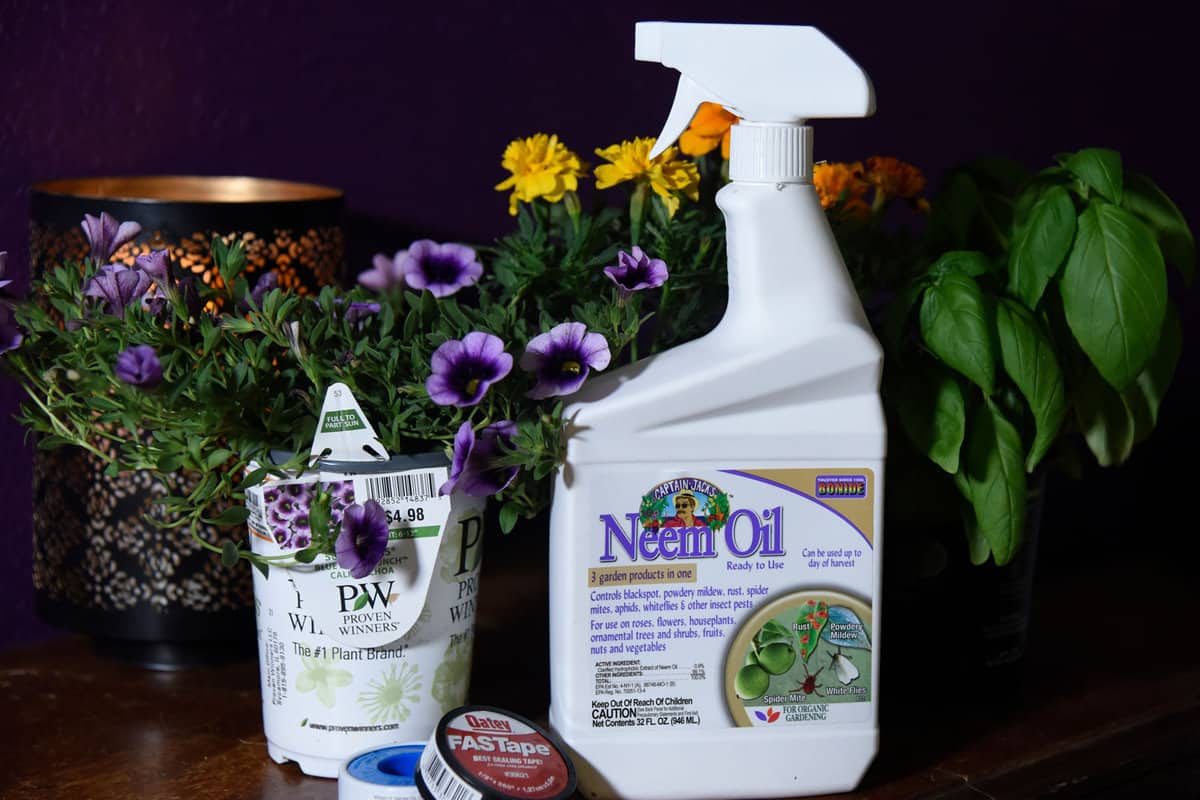
This will help ensure that you apply the pest oil safely and effectively.
When applying the pest oil, make sure to cover all parts of the plant, including the undersides of the leaves.
This will help ensure that you get rid of all the pests that may be hiding on your succulent.
Ideal Conditions
Another important thing to keep in mind when using pest oil on succulents is the ideal conditions for application.
Ideally, you should apply the pest oil on a cool, dry day when there is no rain in the forecast.
This will help ensure that the pest oil dries properly and is not washed away by rain.
It's also important to apply pest oil when the pests are most active.
This will help ensure that you get rid of as many pests as possible with a single application.
Related reading: When To Spray For Scale Insects?
The Don'ts of Using Pest Oil on Succulents
When it comes to using pest oil on your succulents, there are some things you should avoid doing.
Here are some common mistakes and potential risks to keep in mind:
Common Mistakes
- Avoid using too much pest oil to prevent harm or death to succulents
- Do not apply pest oil on hot days to ensure maximum effectiveness
- Wait for plants to dry before applying pest oil to prevent them from running off and reducing their effectiveness
Potential Risks
- Avoid using pest oil on succulent species that are sensitive to it by checking the label first
- Keep pets and children away from the treated area until the pest oil has dried to prevent ingestion and toxicity
- Avoid using pest oil near water sources to prevent harm to aquatic life.
By avoiding these common mistakes and potential risks, you can safely use pest oil on your succulents to keep them healthy and pest-free.
Alternatives to Pest Oil
If you are looking for alternatives to pest oil for your succulents, there are a few options available that can help you control pests without harming your plants.
Here are some alternatives to consider:
Neem Oil
Neem oil is a natural insecticide that can be used to control a variety of pests on succulents, including aphids, spider mites, and mealybugs.

It is safe for use on most plants and is easy to apply.
Simply mix the neem oil with water and spray it onto your plants.
Soap Spray
Soap spray is another effective alternative to pest oil. It works by suffocating pests on contact and can be used to control a variety of insects, including aphids, spider mites, and whiteflies.
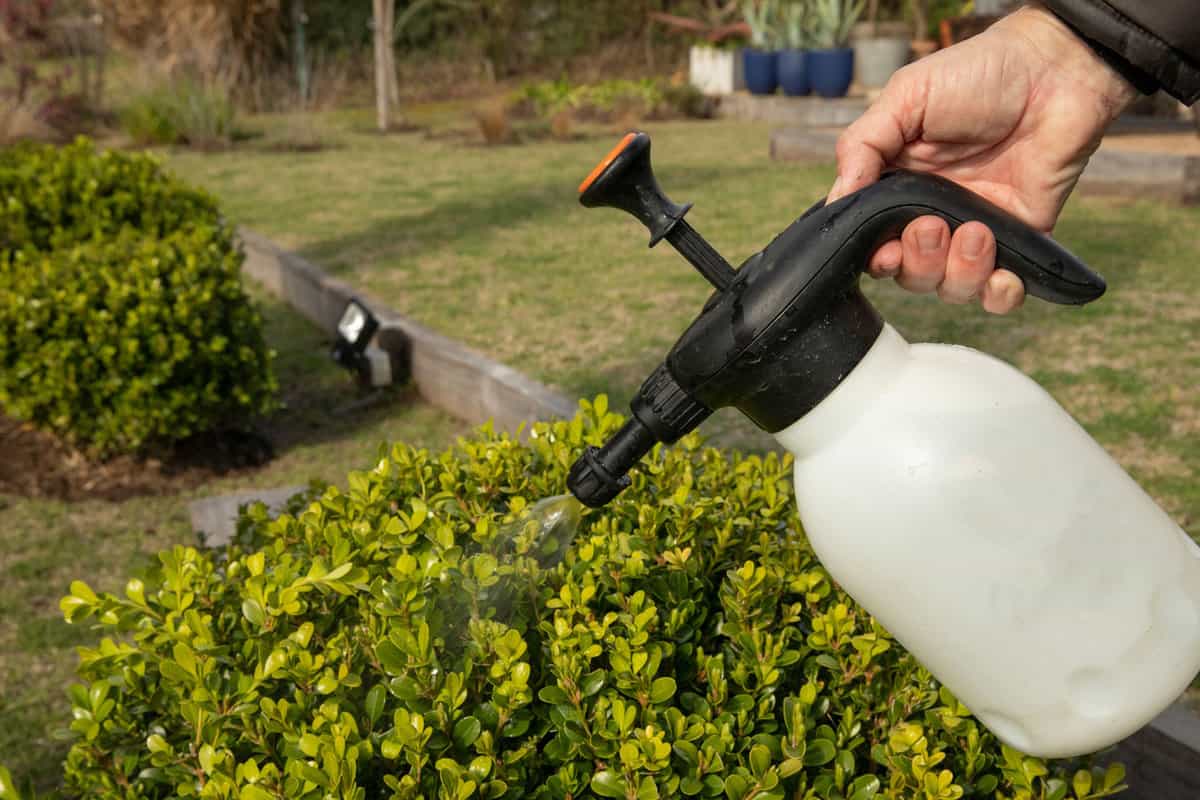
To make soap spray, mix a few drops of liquid dish soap with water and spray it onto your plants.
Garlic Spray
Garlic spray is a natural insecticide that can be used to control a variety of pests on succulents, including aphids and spider mites.

To make garlic spray, blend a few garlic cloves with water and strain the mixture.
Dilute the garlic water with more water and spray it onto your plants.
Horticultural Oil
Horticultural oil is another option for controlling pests on succulents. It works by suffocating insects and can be used to control a variety of pests, including scale insects, spider mites, and mealybugs.
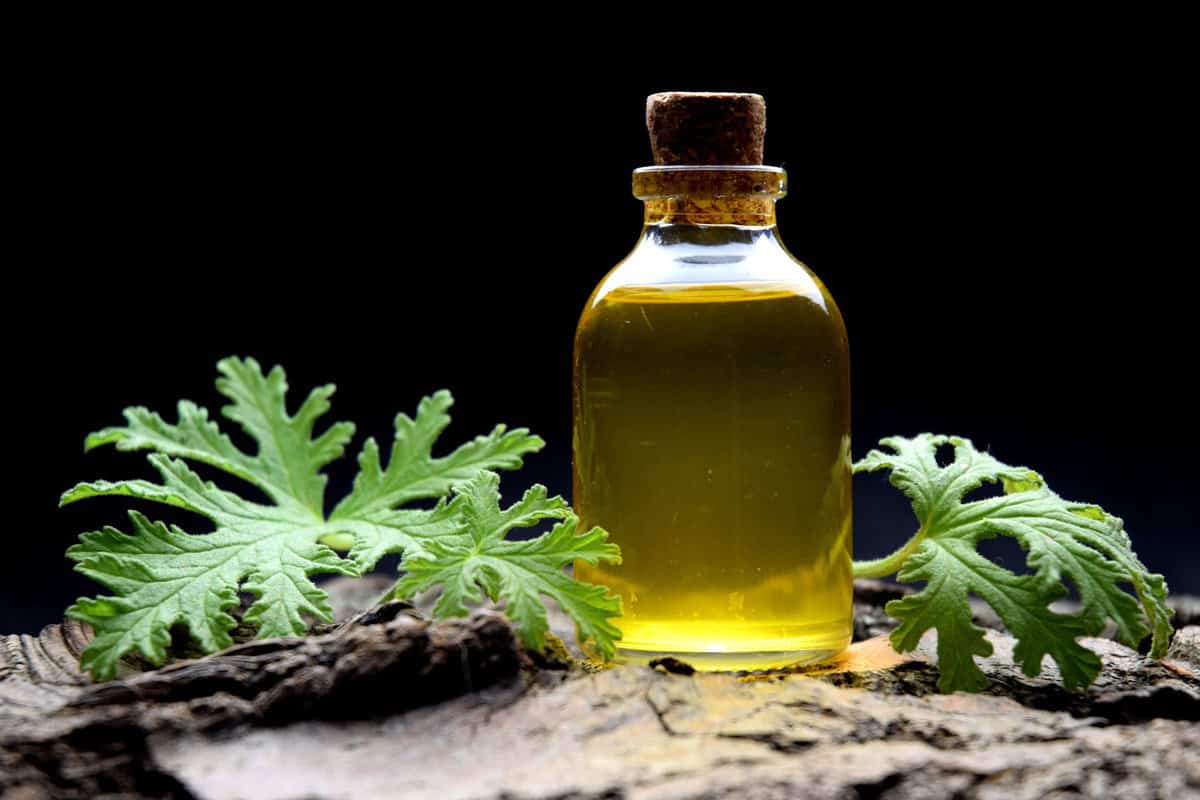
Horticultural oil is safe for use on most plants and is easy to apply.
Simply mix the oil with water and spray it onto your plants.
Remember to always follow the instructions on the label when using any pest control products on your succulents.
Using too much or using the wrong product can harm your plants.
To Wrap Things Up
So, using pest oil on succulents can be effective, but it's important to follow instructions and avoid overuse.
Identify the pest infestation and avoid using it on stressed plants. Prevention is key, so regularly inspect plants for infestation and practice good hygiene.
By following these guidelines, you can enjoy healthy and pest-free succulents.
